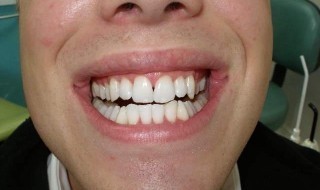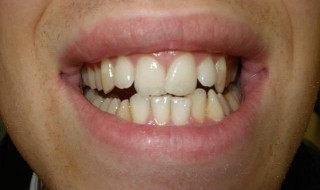
Dr Gary Dorman leads us through the treatment of mandibular and maxillary crowding using In-Line clear aligners.
Many people of all ages want a beautiful smile without anterior spacing or crowding. In order to achieve this more and more adults are willing to undergo orthodontic therapy for cosmetic reasons. However, they usually want the appliance to be as inconspicuous and comfortable to wear as possible.
In many cases, splint therapy can be applied successfully. In this case the anterior crowding was treated with In-Line aligners from Rasteder Orthodontic Laboratory in Germany (www.in-line.co.uk).
Initial situation
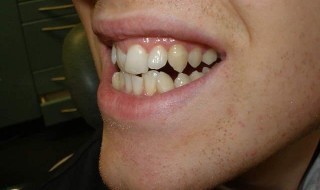
The 21-year-old patient presented with an aesthetic request. He felt his smile was compromised by upper and lower moderate-severe crowding. He expressed a desire to have the mal-alignment corrected with a therapy that should be as invisible as possible.
The severity of the crowding was not immediately apparent from a frontal view (Figure 1). However, the mal-alignment is more clearly seen when viewed from the side or from occlusion (Figures 2, 3 and 4). UL1 was rotated exacerbating the appearance of the mal-aligned UL2. LL2 was displaced behind LL1 and LL3 was also rotated. LL1 was labial to LL2 and LR1. LR1, LR2 and LR3 were also mal-aligned.
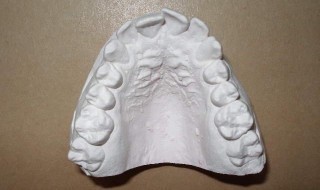
As a part of the diagnostics, a model and orthopantomogram (OPG) were produced. Clinical examination showed that the patient’s teeth and gums were otherwise healthy with no problems relevant to orthodontic treatment.
Treatment decision
The patient was informed about all the available treatment options. In addition to treatment with In-Line aligners, the possibility of fixed brackets was also discussed. However, even braces made of tooth-coloured ceramics were rejected by the patient on aesthetic grounds.
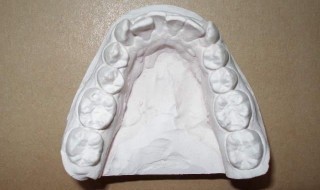
The patient was shown a sample of an In-Line aligner to get an impression of the material, the robustness and the thickness of the splint. This solution met his need for comfort; the aligners affect the patient’s speech only initially and are visually barely noticeable.
Treatment planning
A quotation and treatment plan with a digital preview was requested from Rasteder Orthodontic Laboratory, the manufacturers of In-Line aligners. The preview includes seven images of the final situation, allowing the patient to see how his teeth will appear post treatment from all angles (Figures 5, 6 and 7).
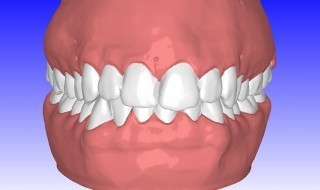
The treatment plan prescribed six aligners for the upper arch and six for the lower. In-Line aligners must be worn for four-six weeks. Each aligner can effect a movement of up to 0.6mm, significantly greater than other aligner systems.
The laboratory explained that the treatment would result in a near perfect alignment in the upper arch and a significant improvement, although not a perfect alignment, in the lower arch. The treatment plan recommended slight inter-proximal reduction between the upper centrals and of multiple lower anterior contact points.
Treatment progress
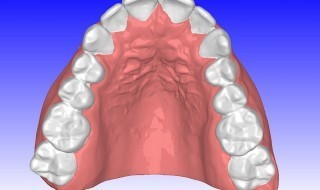
The patient was given new aligners successively at individual check-up appointments, at intervals of approximately four weeks. Inter-proximal enamel reduction was carried out incrementally over the first three to four aligner fittings, until the enamel had been reduced by the specified amount.
The patient’s compliance was excellent and made a significant contribution to the success of the treatment. He wore the splints for the recommended time of at least 20 hours a day and the treatment goal was reached in around seven months (Figures 8 and 9).
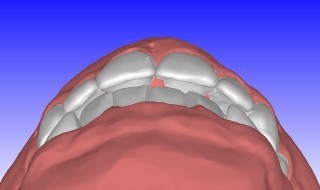
A comparison of before and after study models shows the impressive results achieved with seven months of aligner therapy (Figures 10 and 11).
A comparison of the pre-treatment preview and the post treatment models shows that the treatment goal had been achieved almost perfectly.
Retention
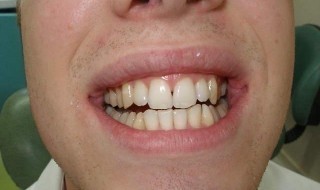
Long term retention is crucial following adult orthodontic treatment in order to avoid the risk of potential relapse. A long term retention package is automatically included with every In-Line case package. This consists of either; two durable long term retention splints per arch or a 3–3 bonded wire retainer with a durable long term retention splint that fits over the fixed retainer.
